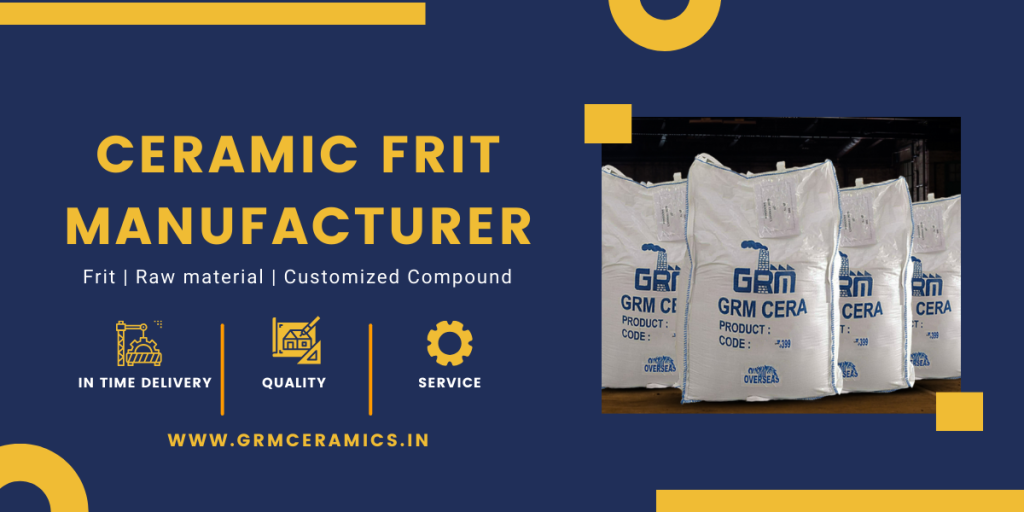Ceramic frit, with its remarkable ability to add beauty and functionality to glass and ceramic surfaces, has become a staple in modern architecture and design. While its aesthetic potential is apparent, have you ever wondered about the science behind frit manufacturing, and how this transforms raw materials into stunning patterns? In this blog post, we’ll take you on a journey through the intricate process that turns sand into works of art.
The Building Blocks: Sand and More
The primary ingredient in frit manufacturing is silica, typically derived from sand. Silica is mixed with various minerals and compounds to achieve specific characteristics, such as color, texture, and UV resistance. Other ingredients, including alumina and flux materials, play a crucial role in the process by reducing the melting point of the mixture and ensuring the frit adheres to the surface.
The Melting and Fusion
Once the raw materials are carefully selected and mixed to the desired formula, they’re heated to high temperatures in a controlled environment, usually in a kiln or furnace. The heat causes the mixture to melt and fuse, creating a molten glass-like material. The temperatures and duration of the heating process are precisely controlled to achieve the desired frit properties.
The Cooling and Crushing
After the frit has melted and fused together, it’s rapidly cooled to solidify the glass-like material. This rapid cooling process, known as quenching, is critical to the final characteristics of the frit. The frit is then crushed into smaller granules or particles. The size and texture of these particles determine the pattern and finish that will appear on the glass or ceramic surface.
The Application and Artistry
The prepared frit is now ready to be applied to the desired surface. It can be applied in a variety of ways, including screen printing, roller coating, or digital printing. Designers and architects have an array of choices, from intricate patterns to subtle textures, to enhance their projects.
The Firing and Integration
Once applied, the frit-coated surface undergoes another firing process. This final firing fuses the frit to the substrate, creating a durable, long-lasting finish that is not only aesthetically pleasing but also resistant to UV radiation, weathering, and wear.
Endless Possibilities
What’s truly fascinating about frit manufacturing is its endless possibilities. By altering the formulation, firing conditions, and application methods, manufacturers can produce a wide range of frits, each with its own unique properties and appearance. This versatility allows designers and architects to create customized solutions that fit their vision and project requirements.
In conclusion, the science behind frit manufacturing is a blend of art and engineering, taking raw materials and turning them into stunning patterns and textures that enhance the beauty and functionality of glass and ceramic surfaces. The next time you admire a beautifully fritted glass panel, you can appreciate the intricate process that made it all possible. Stay tuned for more insights into the world of frit and how it’s shaping the future of design and architecture.


